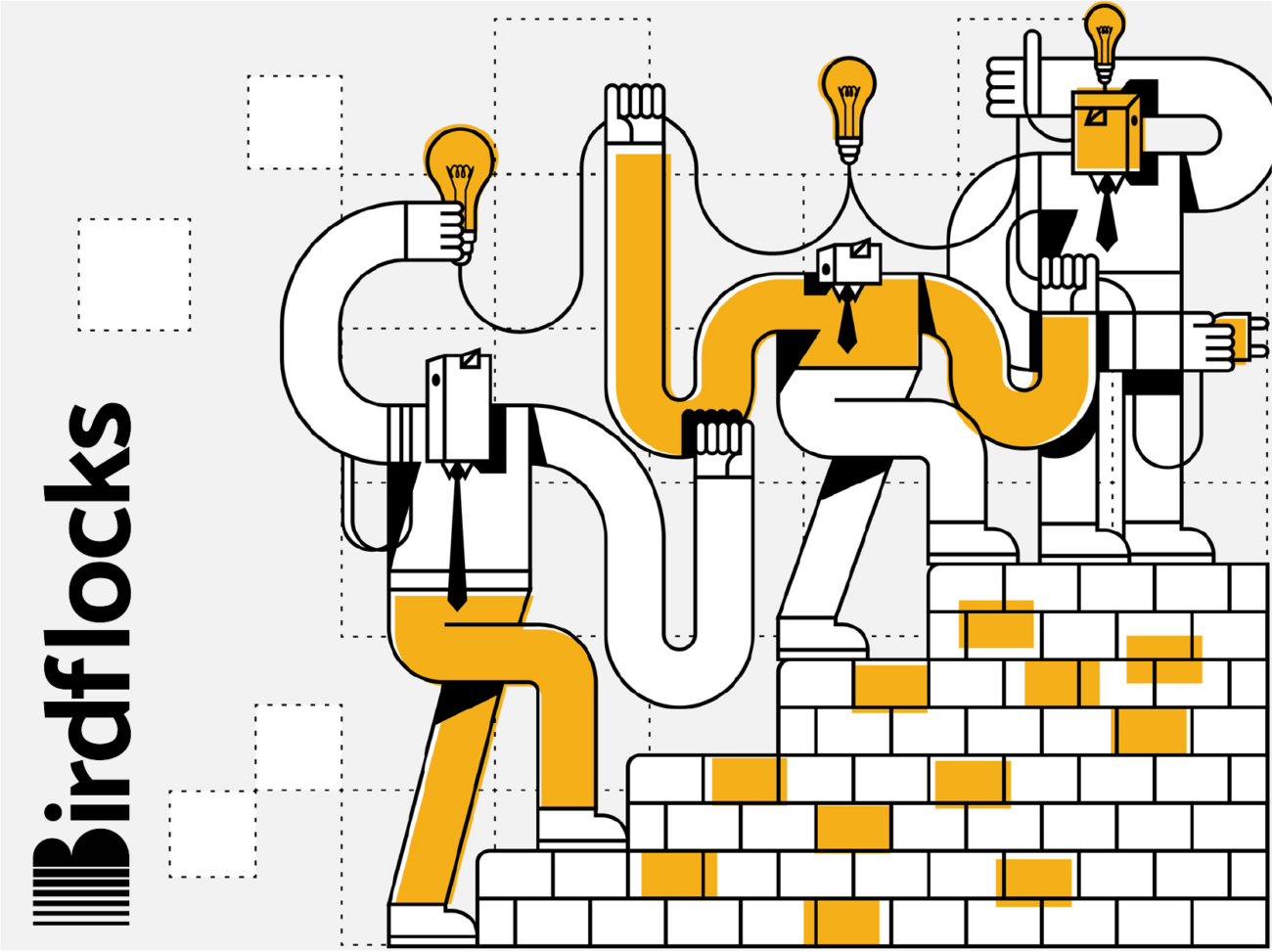Follow CONCERT on LinkedIn for more on the digital future of architecture.
If you’re following Concert on LinkedIn, you’ll see we’re very interested in digital twins. It’s for a good reason: digital twins are one of the key ways architects can ensure their designs carry through to the building’s operations phase, giving a host of insights that add significant value to a design.
1. A Digital Twin Isn’t a Futuristic Concept
Remember that scene in Star Wars, where the Rebel Alliance found the Death Star’s one weak point by looking at its hologram? That’s pretty much a digital twin, although a 1977 version. Today’s digital twins are much more sophisticated, and operate on users’ computers. And surprisingly not unlike the Star Wars version, they digitally document and display design and operations data for real-world buildings, city infrastructure, and many other systems, including aircraft and even human bodies.
2. Digital Twins are Made From Data
As Stantec explains, “A digital twin is a digital representation of a physical environment that collects real time data. It’s where the real world meets data science and computational engineering.”
Basically, it’s a digital model that brings together architectural and BIM data with live data — from sensors, bluetooth, and other network systems and devices in the building — to create a 3D model of what’s actually happening in the physical building as it operates.
3. Digital Twins Bring Architectural Information into the Operations Phase
It used to be that once a building was complete, its blueprints were filed away as historic relics. Not any more. A digital twin relies on that design data, making it crucial to operational efficiency. Anyone who’s ever renovated or retrofitted an existing building can instantly understand the value of details about the original building infrastructure and systems.
Digital twins keep that architectural data alive, and combine it with other data streams. Users can access all of this data to make decisions and predictions about operations, efficiencies, and future upgrades, based on real-time information about building performance.
As Parsons puts it, “digital twins provide a myriad of benefits, including improved data sharing, collaboration, safety, and trustworthiness.” They also provide “increased productivity; the capability to manage operations in real-time, conduct simulations and experiments; and the ability optimize asset performance and sustainability.”
Clearly, digital twins provide a way for architects to add additional value to their design work, and to move their practices into a digital future.
Follow CONCERT on LinkedIn for more on the digital future of architecture.





